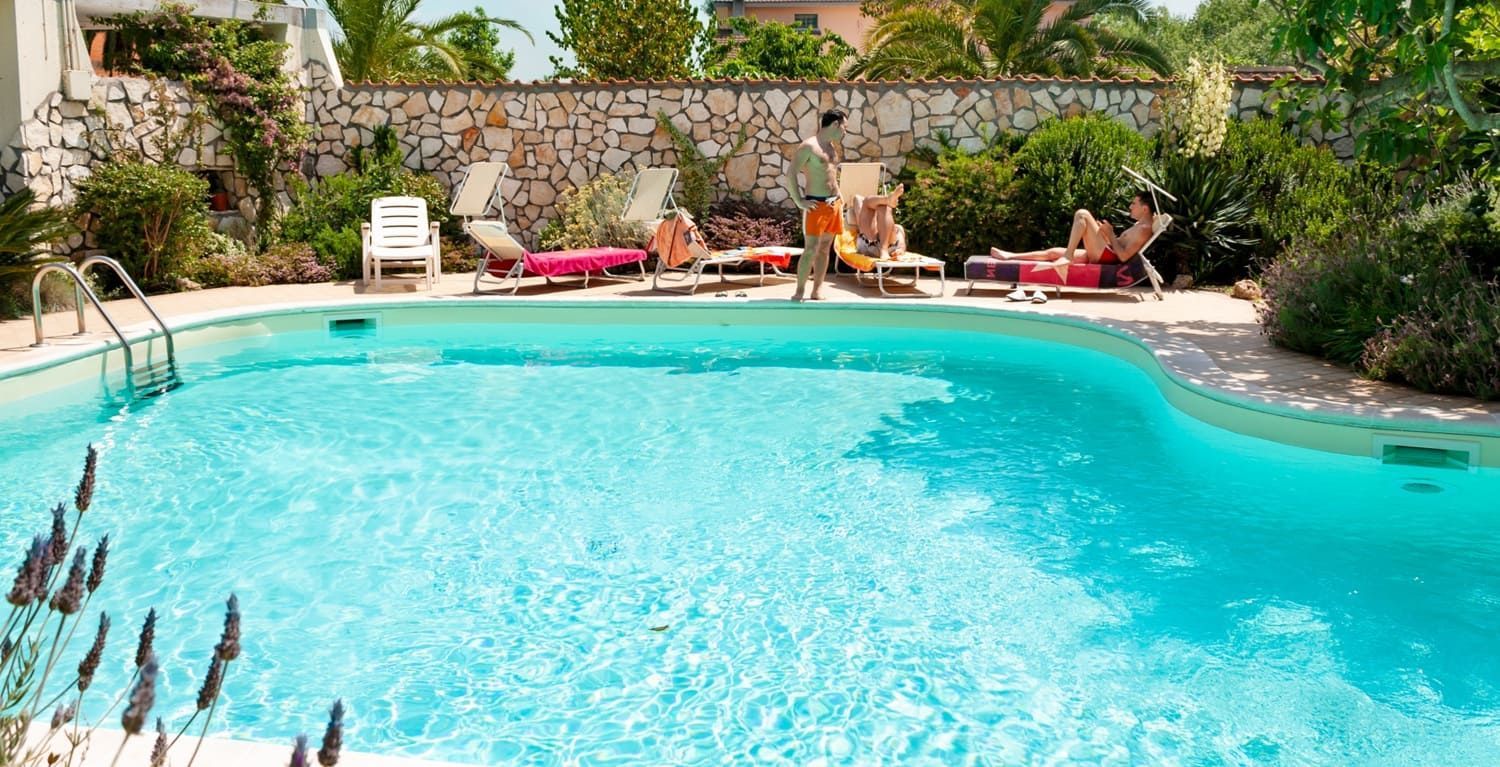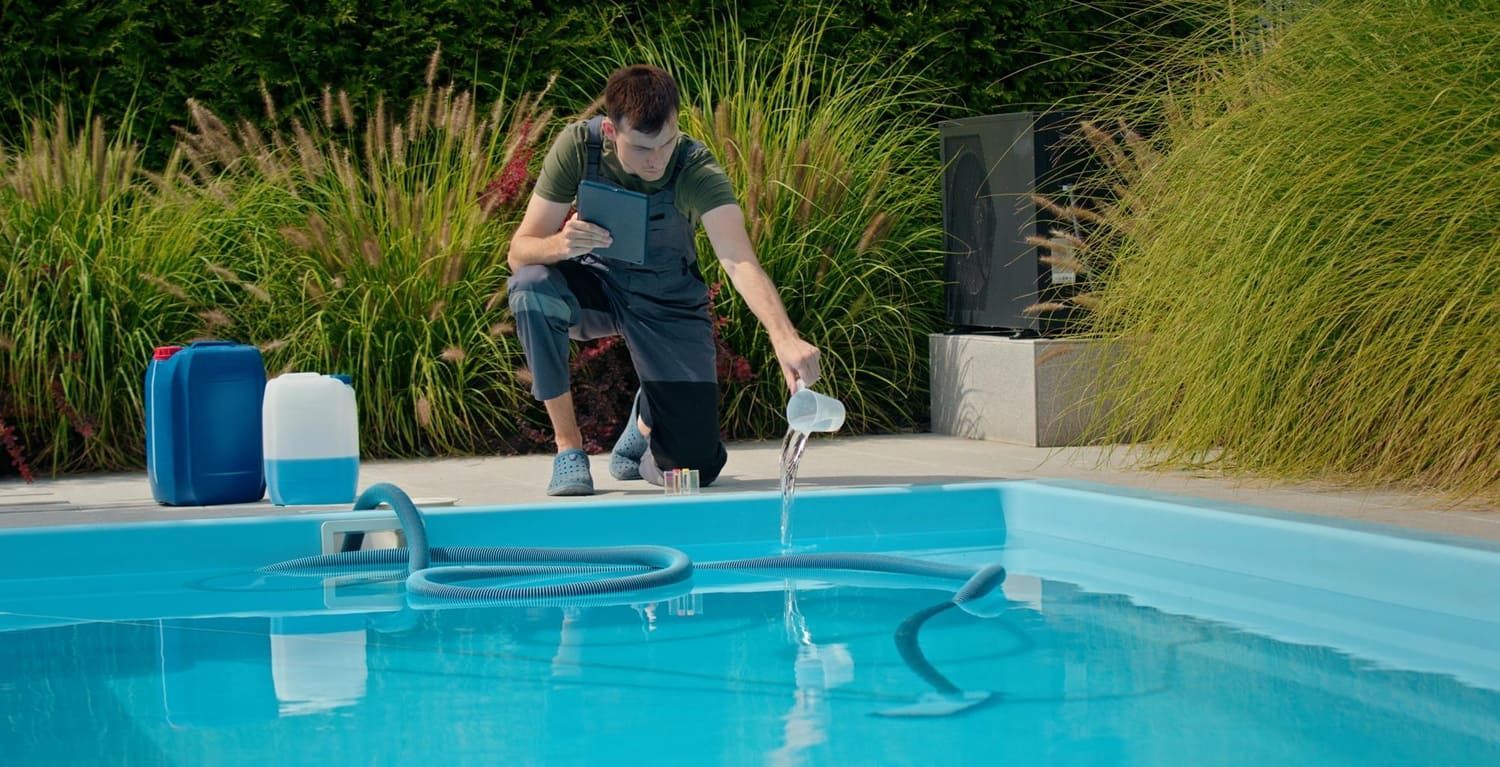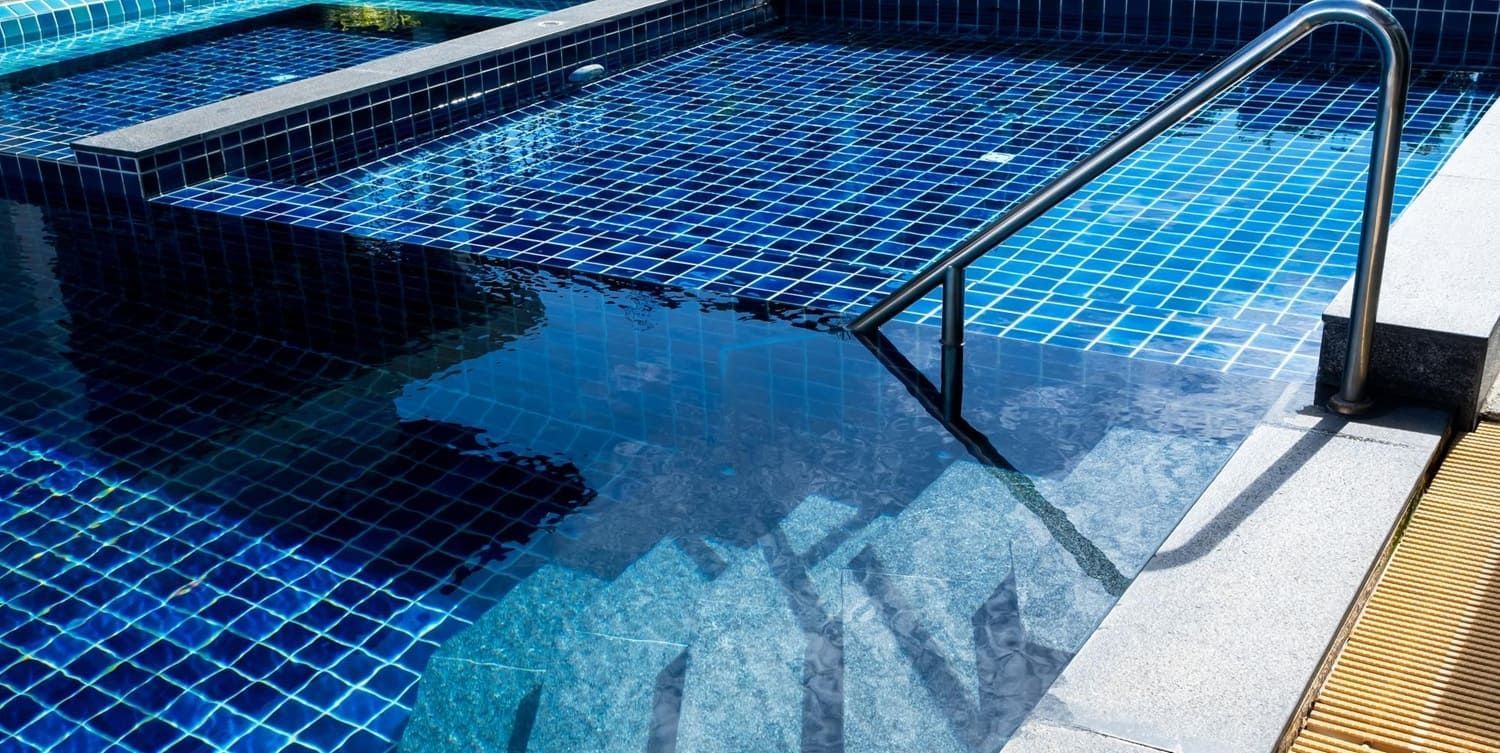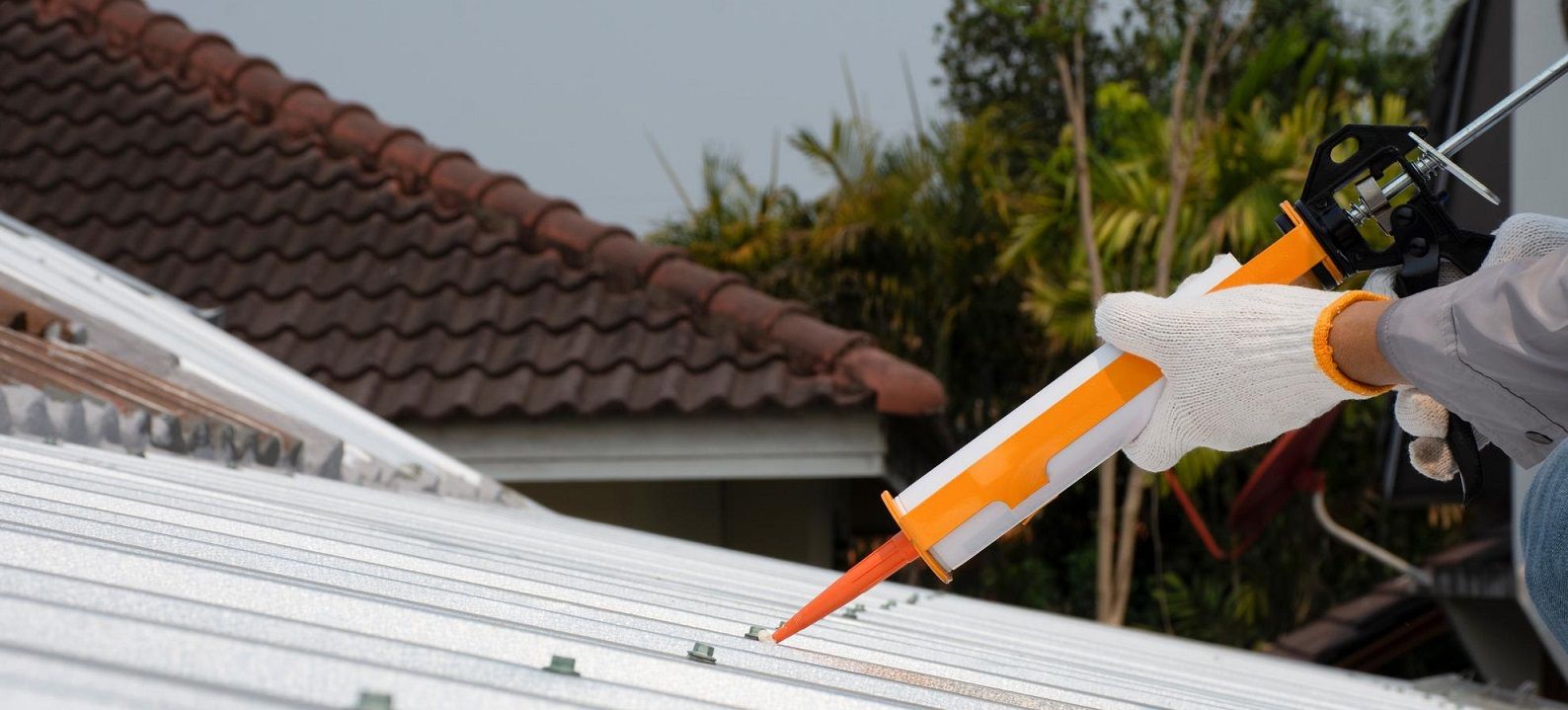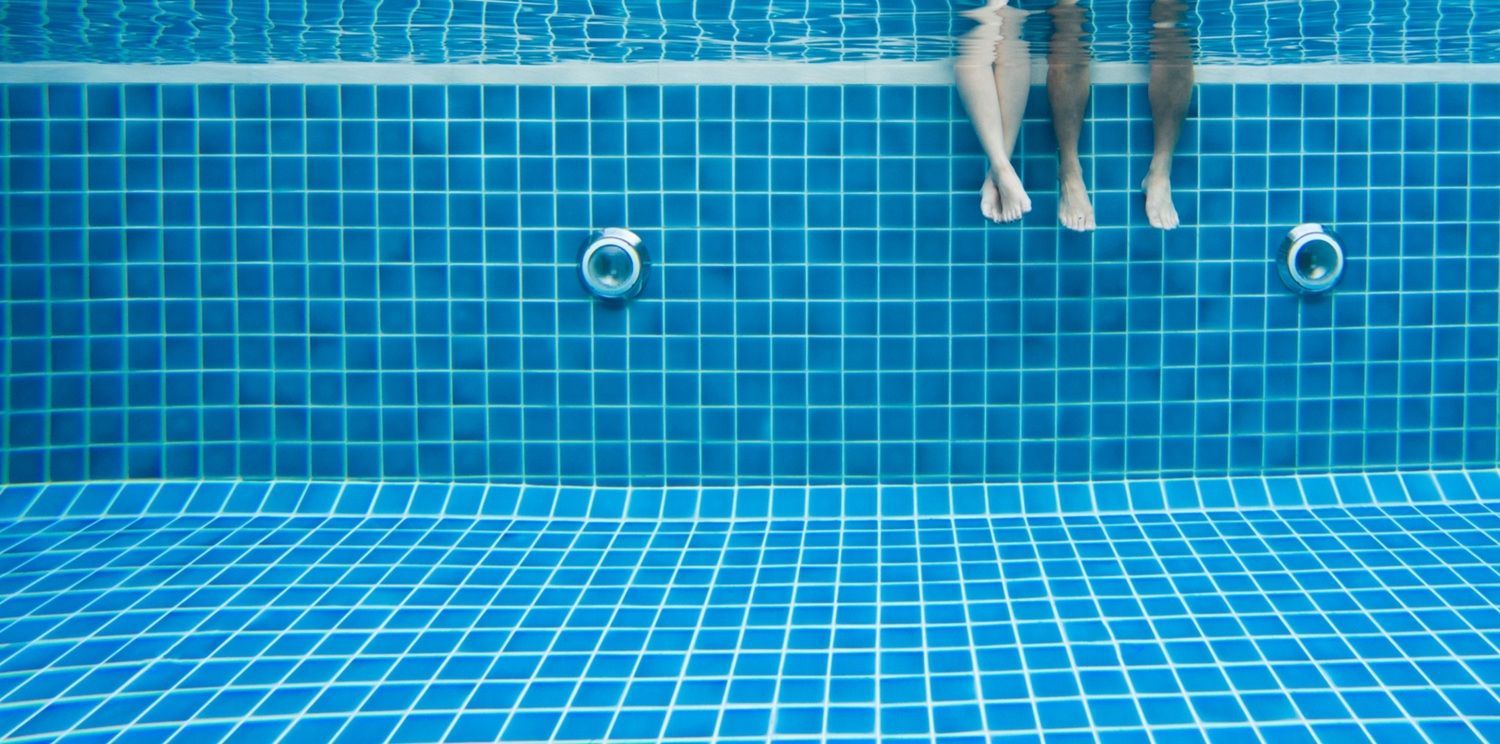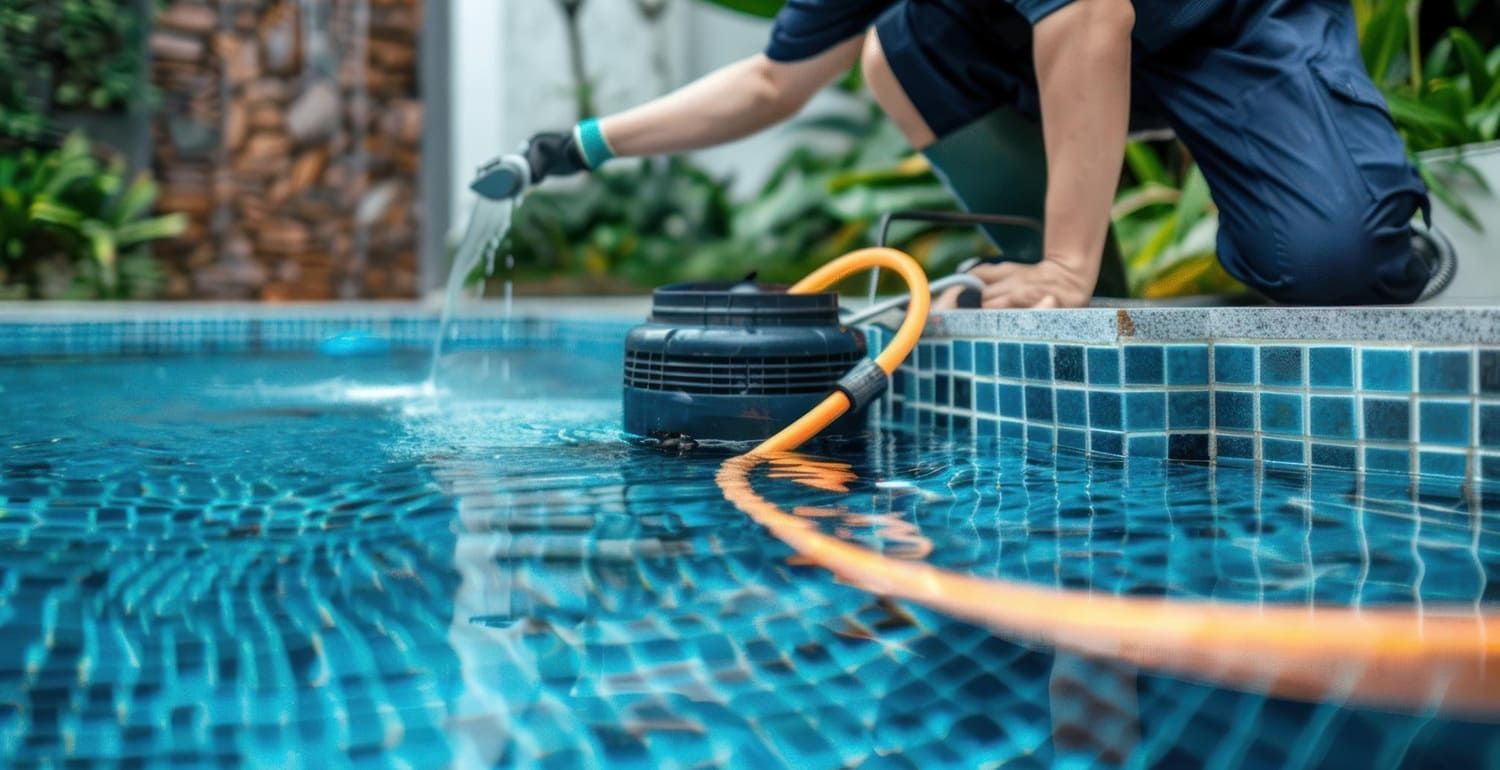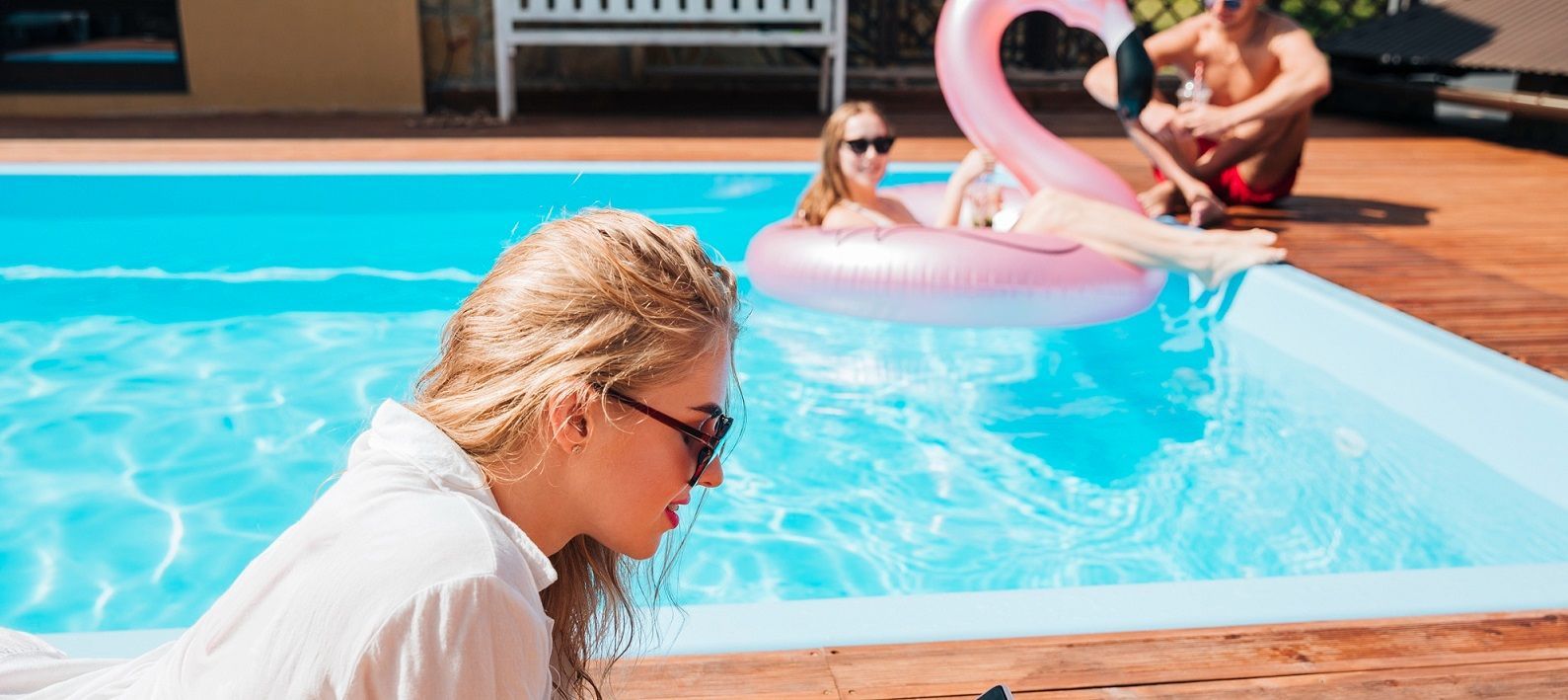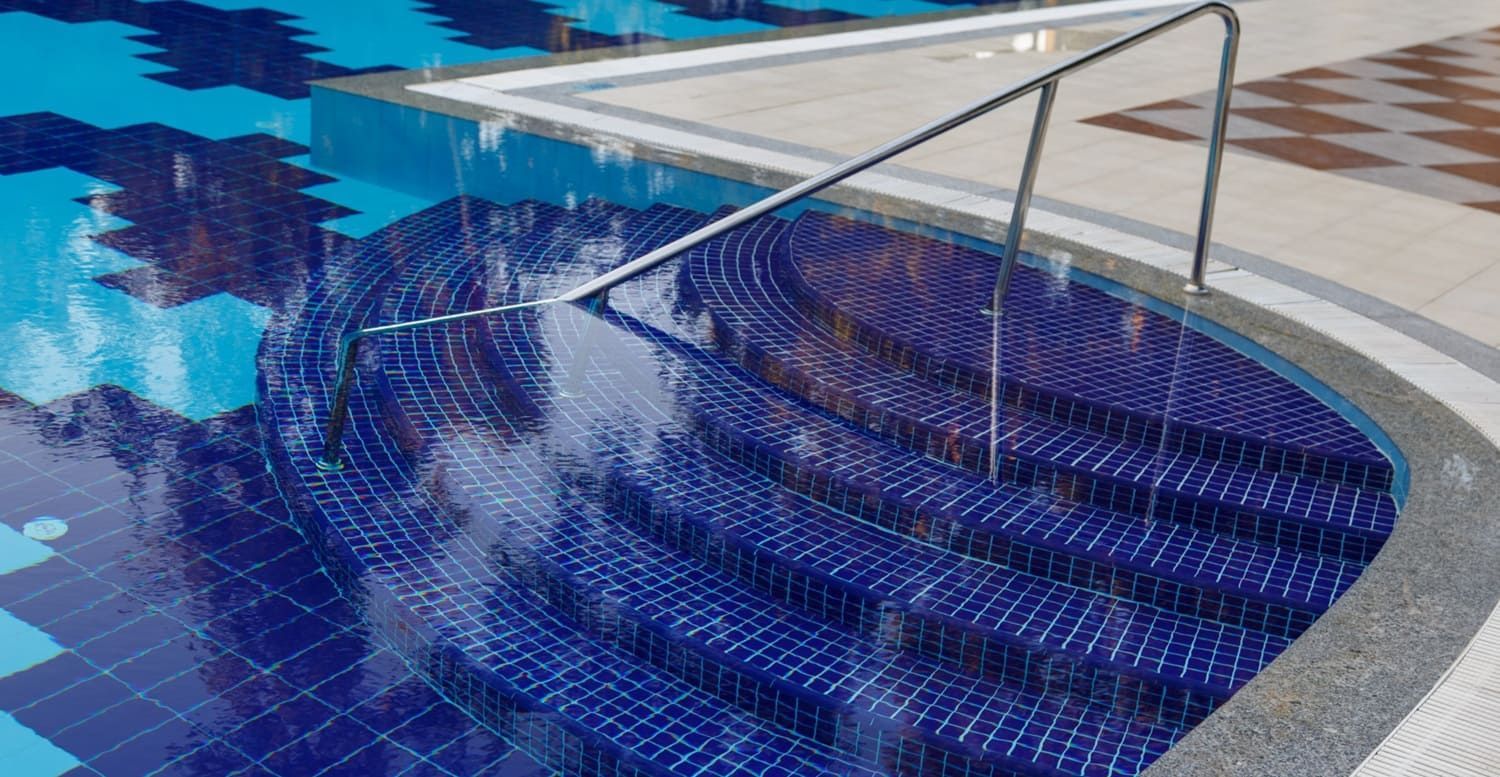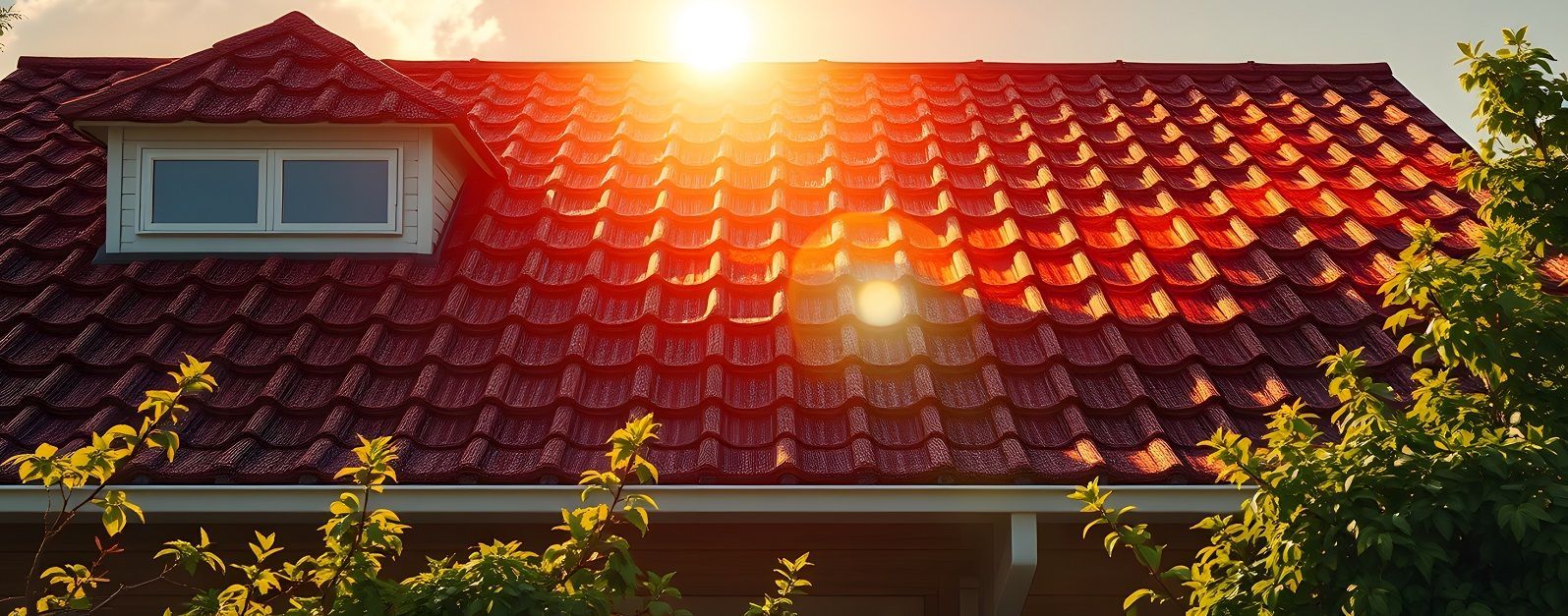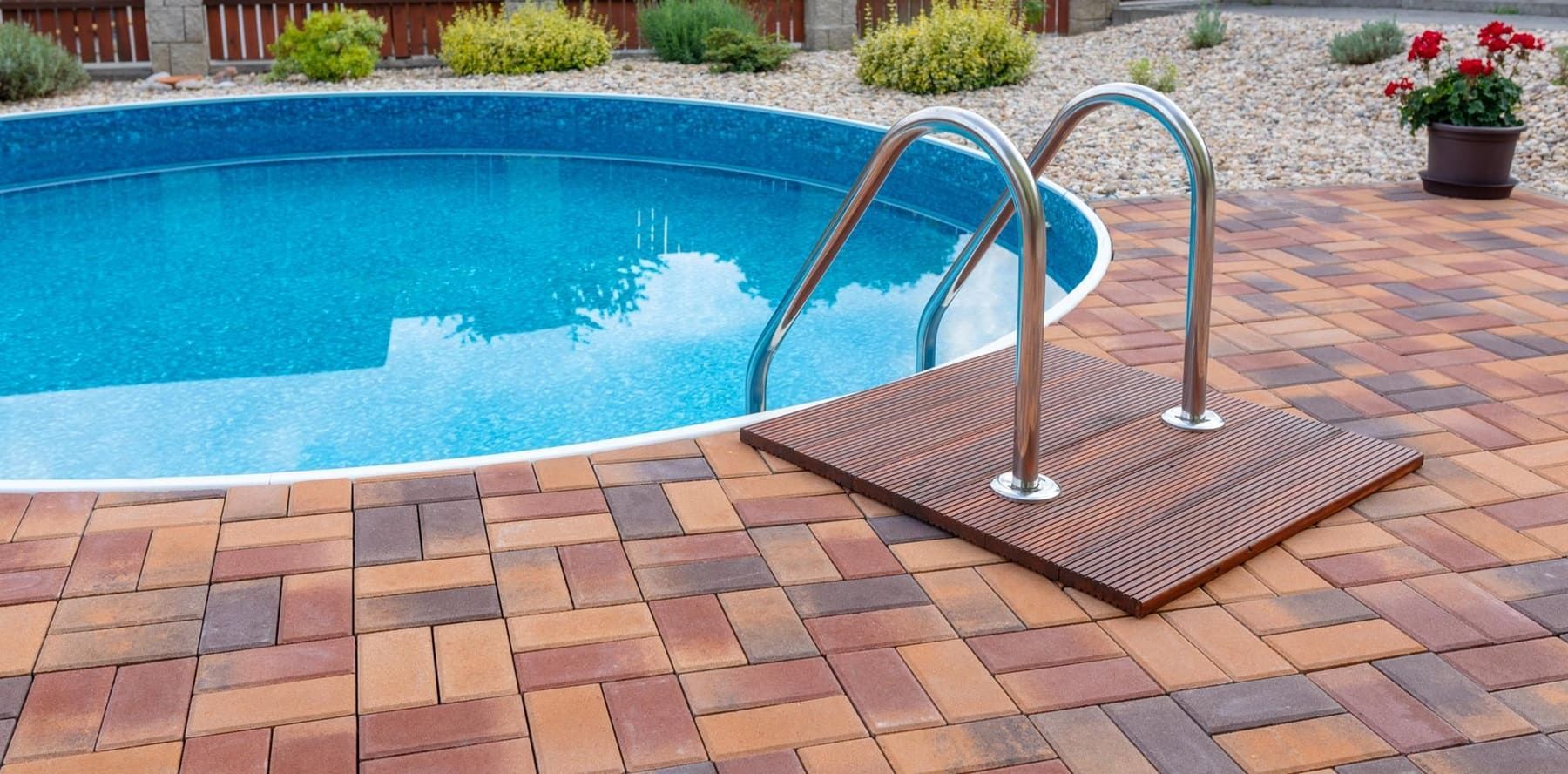How to Maintain Stone Pool Tile at the Waterline
Having a pool in your backyard is a lot of fun but also a lot of work. Learn how to maintain stone pool tile at the waterline in this guide.
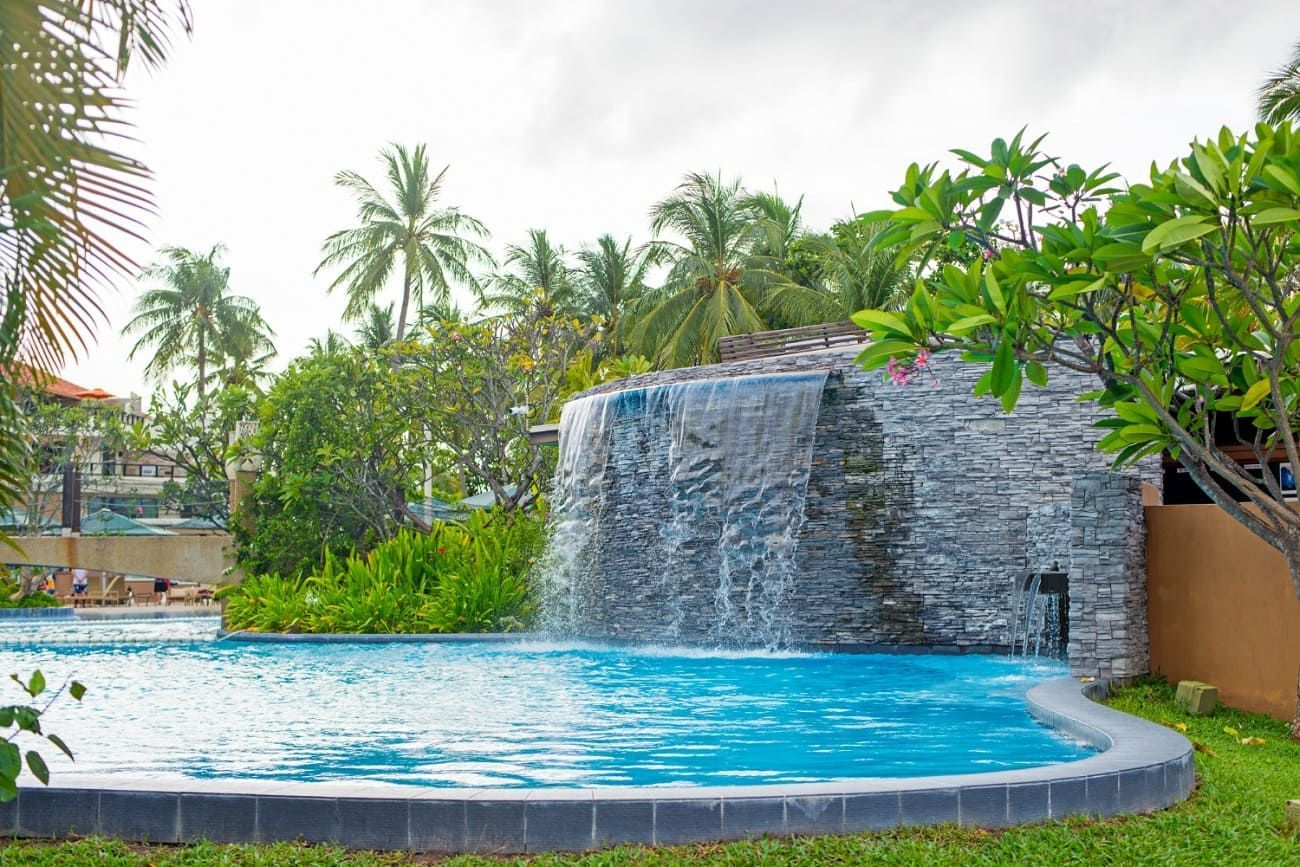
Adding tiles to the waterline is a great way to elevate the look of your pool. It is also a lot more cost-effective than tiling the entire pool area.
Pool resurfacing costs homeowners a lot of money, anywhere from $1000 to $30,000. So before adding stone pool tiles to your waterline, make sure you know how to maintain the tiles.
Maintaining your stone tiles will ensure your pool stays in good shape and lasts for years to come. In this article, we'll cover how to clean and maintain stone pool tile.
Installing Stone Pool Tile
Before you install tiles around the waterline of your pool, you will need to consider which pool tile material to use.
Stone pool tile is more expensive than other tile materials but, it is also more durable than other options. Stone pool tile helps to create a classical or Mediterranean look.
Stone is visually appealing. No two stones are identical, and the authenticity of each tile helps create a natural appearance.
But if you choose to install stone in your pool, you will need to ensure the tiles get sealed.
Sealing Pool Tile
Stone pool tiles should get sealed at the time of installation. All exposed stone tiles should be sealed and the surrounding tiles should have grout.
Sealing your tiles will help prevent water ingress. While sealing doesn't prevent discoloration or stains, it provides a barrier from things that could be damaging to the tiles.
The barrier created from sealing will allow pool owners more time to clean harmful buildup off the tiles before it causes permanent damage.
Experts should consider a dip-seal on all sides of stone tile near a pool's coping. It is also recommended that owners reseal tiles every 2 to 3 years.
Sealing tiles using a consolidator sealer is recommended. This is particularly true for areas around pool coping.
Water Level
The water level of a pool should hit the midpoint of the waterline tiling. If you have 6 inches of tile at the waterline, roughly 3 inches should be submerged. The other 3 inches will remain exposed.
Maintaining a healthy water level like this is important to the lifespan of your tiles. It will help you avoid constantly submerging tiles in water, which can create buildup from repetitive drying.
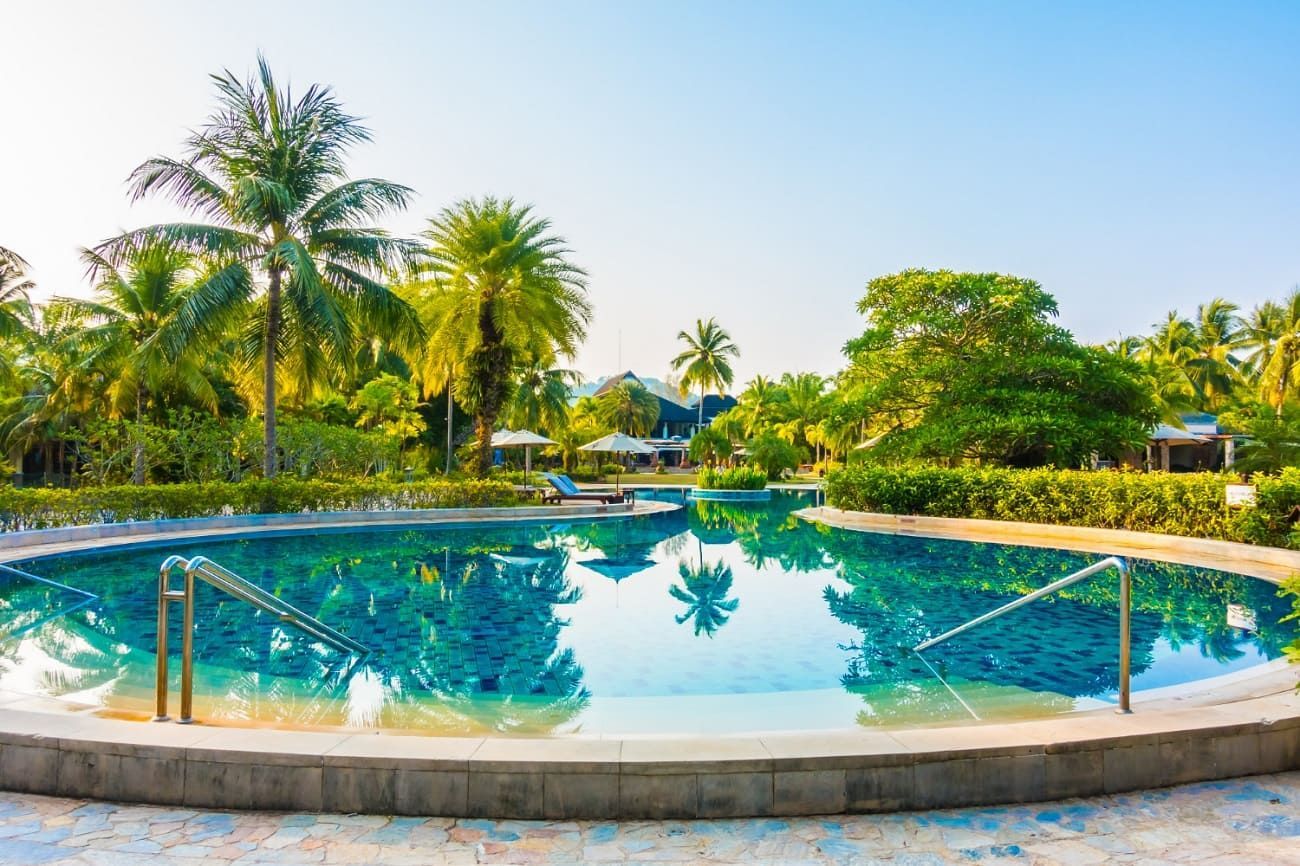
How to Clean Pool Tiles
Owning a pool is a lot of fun, but pool maintenance is a big job.
If you are installing a stone tile, expect to do a lot of tile cleaning. Maintaining clean pool tiles can be time-consuming. It may help to tackle small areas of the pool at a time to minimize the amount of work required.
Regular Pool Maintenance
Taking care of your pool is one of the best ways to prevent damage to your liner. This is also true of pool tile material.
Regular pool maintenance prevents algae growth and staining from harmful toxins. Ensuring the levels of your pool chemicals are checked regularly, and kept in order, will help prevent damage to your tiles.
Removing Debris
One of the best ways to ensure your pool tile stays clean is to minimize the amount of debris around your pool.
Keep your pool deck clean by sweeping up regularly with a high-quality broom. If your pool is located under trees, stay on top of foliage that falls so you can minimize how much falls into the pool.
Before cleaning your stone pool tiles, make sure to remove debris that has collected around the waterline. This includes any loose leaves, grass clippings, or soil. Debris can be removed by hand or with the use of a pool net or vacuum.
Brushing Stone Pool Tile
When water evaporates naturally from your pool, it often leaves calcium buildup on the exposed tiles. Calcium deposits stick to the side of the pool, leaving white or grey discoloration.
Use a stiff pool brush or soft toothbrush to work at removing buildup and discoloration from tiles. The brush you use should be non-abrasive.
Always avoid pressure washing tiles. Instead, use elbow grease to work away at grime buildup on the tiles.
Removing Calcium Deposits
There are two types of common calcium buildup. Calcium silicate is best removed using a brush and pressure. Calcium Carbonate is a flaky white buildup, best removed with a stain eraser.
Other tiles can be cleared of calcium carbonate using muriatic acid, but this should not be used on stone pool tiles. Muriatic acid causes stone tiles to absorb hydrochloric acid. Over time, hydrochloric acid can cause fading or discoloration of the tiles.
Instead, create a mixture of fresh water and dish soap, or a pH-neutral cleaner to use on stone tiles. Stay away from products that are high in acidity or have Alkali.
Products that are high in acidity can damage the effectiveness of the tile sealer. It may also damage the integrity of the stone tile.
Rinsing
When you have finished cleaning the tiles, it's best to rinse them. This will remove any chemicals used for cleaning.
Use a garden hose with regular pressure to hose down the tiles with fresh water.
Keep Your Pool Tiles Healthy
If you're thinking about installing tile around the waterline of your pool, you may consider stone pool tile.
Stone tiles create a beautiful and durable look. But it's important to understand how to maintain stone tiles in your pool to ensure they are properly cared for. By following the tips discussed here, you can make sure your stone pool tiles last for years to come.
If you're looking for a way to clean and maintain your pool tiles, our team can help. LayorCare Pool & Patio will help you find the perfect product to keep your tiles clean and healthy.







